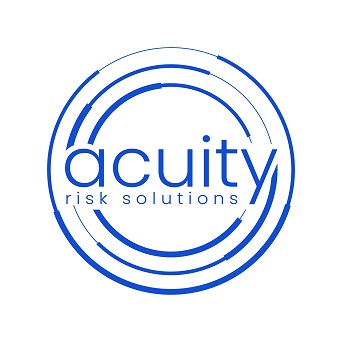Cybersecurity has become a necessity no matter your business size. With most business assets now digital, protecting them from cyber threats is critical. In today’s world, where data breaches and cyber-attacks are becoming more frequent, a robust cybersecurity strategy is needed. This is your guide to preparing your SME for the ever-evolving cybersecurity landscape.
The Growing Importance of Cybersecurity
Businesses, particularly SMEs, must adapt to stay safe. Josh Motta, CEO of Coalition, highlights the pressing need for a new approach to cyber insurance and risk management. He argues that traditional models are no longer enough in an age where cyber risks are constantly changing.
The Inadequacy of Traditional Cyber Insurance
Traditional cyber insurance policies were designed in a different era and often fall short in addressing modern cyber risks. These policies typically focus on covering physical assets, leaving gaps in protection for digital assets, which are now the main target of cyber criminals.
Understanding Modern Cyber Threats
Today’s businesses face a myriad of cyber threats, including ransomware, malware, phishing, and data breaches. Ransomware attacks, for instance, can cripple a business by locking down critical data until a ransom is paid.
Meanwhile, phishing attacks trick employees into giving away sensitive information, often leading to significant financial losses. According to the business.gov website, figures show these threats are prevalent and increasingly costly. The average data breach costs Australian businesses millions.
Risk Assessment and Vulnerability Management
Regular risk assessments are key to identify and address vulnerabilities before they can be exploited. Tools such the Cyber Security Assessment Tool can help you evaluate your SME’s cybersecurity posture and highlight areas for improvement. The Australian Government recommends using that tool annually. It ranks you as starter, developing, graduate or champion offering specific actions. The following strategies are a great starting point:
- Use Multi-Factor Authentication (MFA) and Strong Passwords
- Carry Out Regular Software Updates and Backups
- Deploy Employee Education and Training
- Protect Customer Information
- Develop a Cybersecurity Policy
- Have an Emergency Management and Incident Response Plan
Cyber Liability Insurance
Cyber liability insurance is a key part of your cybersecurity plan, covering costs like legal fees, data recovery, and business interruption. However, review your policy with an adviser to ensure it fits your needs. Only 20% of Australian SMEs have cyber insurance. Here’s why:
- Lack of awareness of cyber risks, so SMEs don’t think they need this insurance cover
- Policies can be complex, have technical jargon, so are hard to digest
- The cost may be a barrier if they don’t think they need it
- SMEs have fewer insurance options than larger clients
- Business owners think they’re too small for hackers to target, despite accounting for almost half of breaches, and
- SMEs’ perception that their other insurance covers them for cyber risks.
However, with breaches increasing and a tightening regulatory environment, we expect uptake of cyber insurance policies to rise. Cyber threats are always evolving, so staying informed is key. Use resources like the Australian Cyber Security Centre and its Cyber Wardens program to train staff. Seek professional advice for tailored security plans and regular risk assessments.
Ensure you have the right practices and comprehensive cyber insurance. If you want to know more CLICK HERE or reach out to us today to review your coverage and stay protected.

